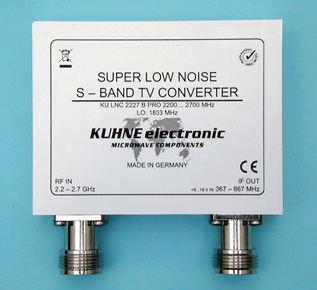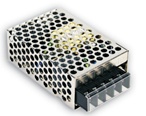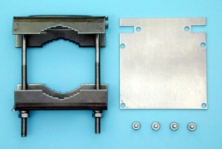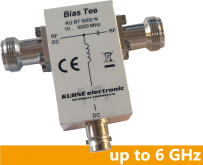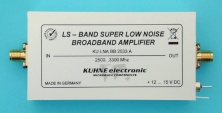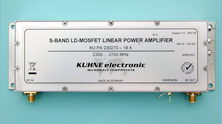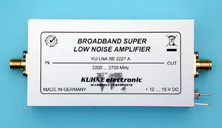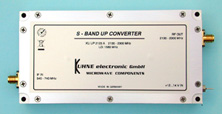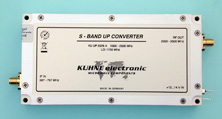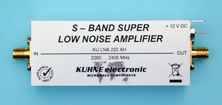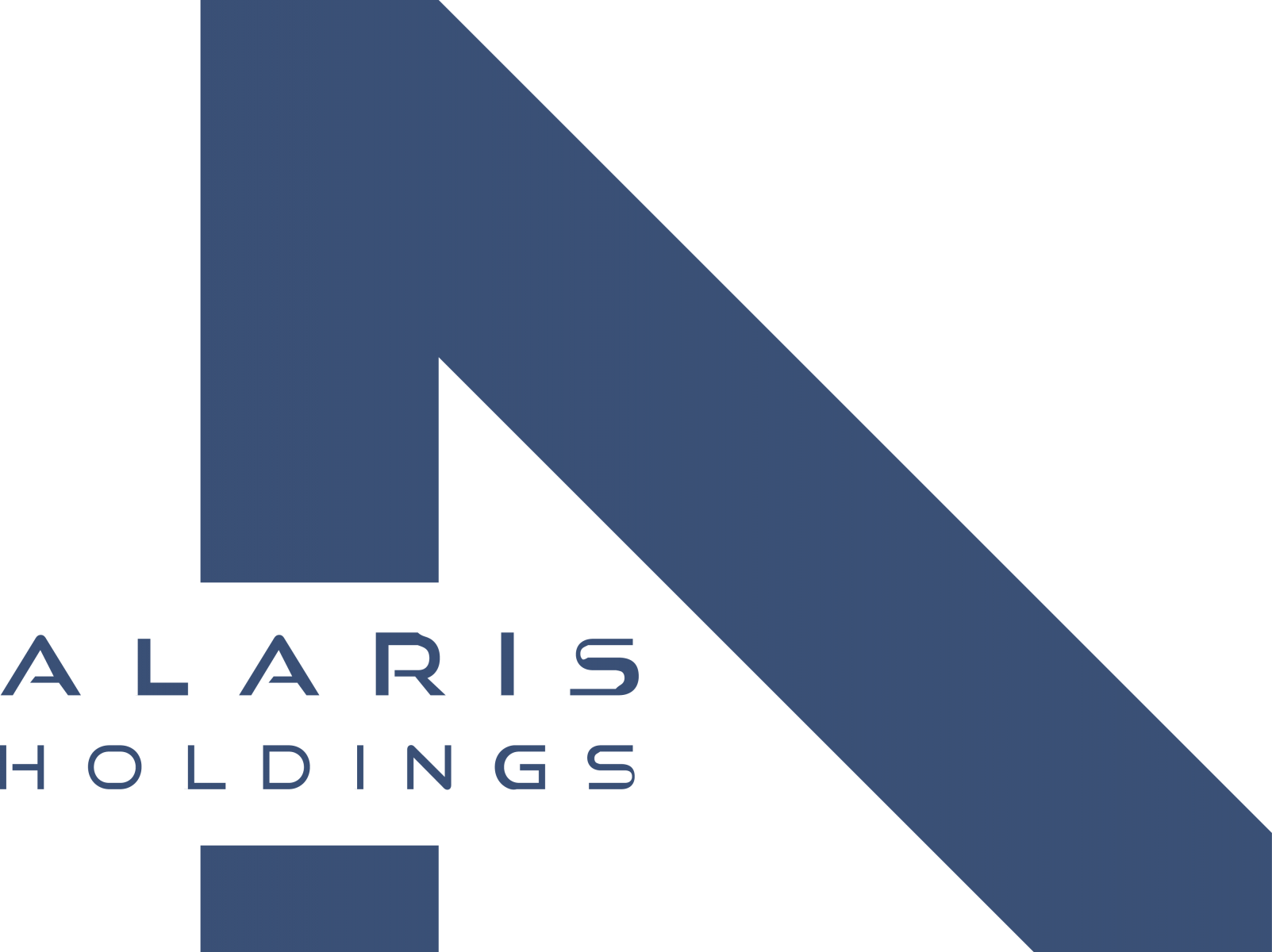


KU LNC 2227 B PRO, Down Converter
2200 ... 2700 MHz
This converter was developed for MMDS applications. The S-band is converted to the UHF range 367- 867 MHz. By the use of the latest semiconductors and optimized band pass filters a high dynamic range and good frequency accuracy are achieved. Due to low frequency drift of typ. +/- 3 ppm within 0…+40 °C the converter may be used for all digital modulation types. Typical applications are DVB-S, DVB-T, WCS, COFDM and QPSK.
This converter was developed for MMDS applications. The S-band is converted to the UHF range 367- 867 MHz. By the use of the latest semiconductors and optimized band pass filters a high dynamic range and good frequency accuracy are achieved. Due to low frequency drift of typ. +/- 3 ppm within 0…+40 °C the converter may be used for all digital modulation types. Typical applications are DVB-S, DVB-T, WCS, COFDM and QPSK.
Available from stock
Technical specifications
| Frequency range (RF) | 2200..2700 MHz |
| Maximum input power | 1 mW (0dBm) |
| Frequency range (IF) | 367..867 MHz |
| Noise figure @ 18 °C | typ. 1.0 dB, max. 1.3 dB |
| Gain @ 25 °C | typ. 30 dB |
| Output IP3 | 18 dBm |
| LO frequency | 1833 MHz |
| LO accuracy @ 18 °C | +/- 2 ppm |
| LO frequency stability | +/- 3 ppm |
| Phase noise @ 1 kHz | typ. -93 dBc/Hz |
| Phase noise @ 10 kHz | typ. -98 dBc/Hz |
| Phase noise @ 100 kHz | typ. -108 dBc/Hz |
| Supply voltage | +9 ... +18 V DC |
| Current consumption | typ. 300 mA |
| Maximum case temperature | +55 °C |
| Input connector / impedance | N-female, 50 ohms |
| Output connector / impedance | N-female, 50 ohms |
| Case | milled Aluminium, water resistant |
| milled aluminium, IP43 | |
| Dimensions (mm) | 82 x 64 x 22 |
| Weight | 230 g |
| Remote power supply via IF | yes |
Features
- Low noise figure
- Large bandwidth
- Low phase noise oscillator
- High frequency stability of the oscillator
- High lenearity
- Overvoltage protection and reverse polarity protection
- Remote power supply via output connector
Applications
- Multichannel Multipoint Distribution Services (MMDS)
- Digital broadcast systems (DVB-T, DVB-S)
- Analog and digital transmission systems
Downloads



